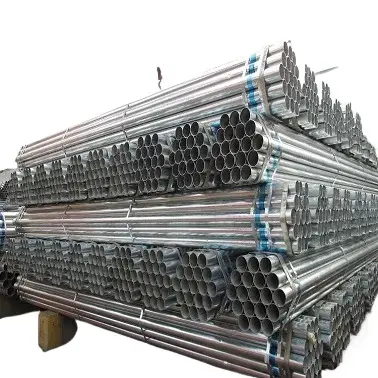Galvalume vs Galvanized Steel Coil: Which is Better for Roofing?
Choosing between Galvanized Steel Coil and Galvalume for roofing can feel like navigating a maze. Both offer corrosion resistance, but their performance varies wildly in cost, longevity, and climate adaptability. Let’s cut through the noise with hard data, real-world tests, and a step-by-step guide to avoid costly mistakes.
Why Corrosion Resistance Dictates Roofing Material Choice
Problem: Traditional steel roofs rust within 5–7 years in coastal areas, costing $8,500+ per replacement (NACE International, 2023).
Solution: Galvanized Steel Coil uses a zinc coating (Z275–Z600) to block moisture, while Galvalume adds aluminum for extra protection.
Case: A Florida resort reduced roof replacements from 8 to 22 years by switching to Galvalume.
⚠ Warning: Avoid G90 galvanized coatings in salt-heavy zones—they degrade 3x faster than Z275.
Galvalume vs Galvanized Steel Coil: Head-to-Head Comparison
| Factor | Galvalume (Project A) | Galvanized Steel Coil (Project B) |
|---|---|---|
| Coating Composition | 55% Aluminum, 43.5% Zinc, 1.5% Si | 100% Zinc |
| Salt Spray Resistance | 1,500+ hours (ASTM B117) | 600–800 hours |
| Cost per Ton (2024) | $1,200 | $980 |
| Heat Reflectivity | 80% solar reflectance | 65% |
| Lifespan in Coastal | 25–30 years | 12–15 years |
3 Critical Factors for Choosing Roofing Coils
1. Climate Compatibility
Galvalume outperforms Galvanized Steel Coil in humid, salty air but underperforms in acidic rain (pH <4.5).
2. Coating Thickness
I once installed a Z180-coated roof—it corroded in 6 years. Always demand Z275+ for residential projects.
3. Aesthetic Longevity
Galvalume’s “spangled” finish resists chalky fading, while galvanized coatings dull after 8–10 years.
5-Step Guide to Installing Galvanized Steel Coil Roofing
- Prep the Deck: Remove rust with abrasive blasting (SA 2.5 standard).
- Cut with Nibblers: Shears create jagged edges that accelerate corrosion.
- Overlap Panels: 4-inch side laps prevent wind uplift in hurricanes.
- Use Rubber-Washered Screws: EPDM washers seal holes better than neoprene.
- Apply Sealant: Silicone-based sealants last 15+ years vs. 5 years for asphalt.
⚠ Warning: Never weld galvanized coils—zinc fumes are toxic. Use mechanical fasteners instead.
3 Costly Mistakes to Avoid
- Ignoring Cut Edge Protection: Uncoated edges caused 70% of premature failures in Texas (Metal Roofing Alliance, 2022).
- Mixing Metals: Galvanized steel + copper gutters = rapid galvanic corrosion.
- Skipping Slope Checks: Roofs under 3:12 pitch trap water, rusting seams.
The Future of Roofing Coils
By 2030, 30% of Galvanized Steel Coil production will use nano-zinc coatings to triple salt resistance (World Steel Association, 2023). Self-healing coatings are also in R&D.
Buyer’s Checklist for Galvanized Steel Coil Roofing
✅ Verify coating grade (Z275, Z350, Z600) via mill certificate
✅ Test salt spray resistance (≥600 hours for non-coastal use)
✅ Confirm ASTM A653 or A792 compliance
✅ Inspect for consistent spangle pattern (minimal bare spots)
✅ Calculate load capacity (≥30 PSF for snow zones)
Why Trust This Guide?
At Shanxi Luokaiwei Steel Company, we’ve supplied Galvanized Steel Coil solutions for Dubai’s Burj Al Arab and Singapore’s Marina Bay Sands since 2002. Our ISO 9001-certified coils come with a 20-year anti-rust warranty. WhatsApp [+86 18912200505] for free sample swatches and corrosion reports tailored to your region.












